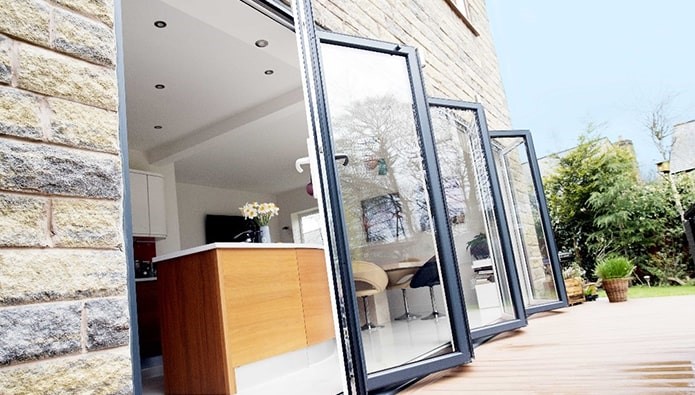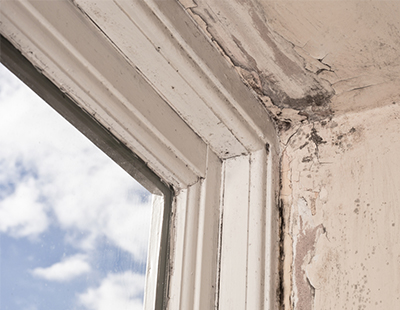Condensation occurs in every home and is generally not a problem if it disappears quickly. However, if the water builds up it can cause damage to your building by causing issues such as black mould and peeling wallpaper which can be inconvenient and costly to mend.
Moisture can get into the home in many ways, from leaks and damaged guttering to a simple build-up of moisture being added into the air all the time from plants, drying clothes and breathing. If condensation builds up in the home, it can cause health issues as well as damage to your home.
Those most at risk are babies and the elderly, as well as anyone with respiratory issues, a weakened immune system and skin conditions such as eczema. Health issues from condensation build-up can occur as flu-like symptoms, while more severe symptoms can lead to rhinitis and sinusitis.
Black mould is the most harmful to our respiratory systems, and has even caused fatalities, which is why it is so important to not allow condensation build up around the home.
To manage the issues that can occur from condensation, control the level of moisture in your home in several ways before it becomes an issue at the coldest point of the year.
Circulate the air
When you are home, make sure that you allow fresh air into the home whilst allowing moisture out through an open window or vent. Bi-fold doors from Quickslide are ideal for leaving a small opening to allow ventilation without making your home too cold.

If it’s too cold for opening windows, try to combat condensation when a lot of moisture is being released into the air, like using an extractor fan when cooking or a ventilator when showering.
Keeping a gap between the wall and your furniture can help to make sure that air can circulate around the whole room without the build-up of trapped moisture on your walls that can lead to good conditions for black spot mould to form.
Fix any cold spots
Gaps between wall and loft insulation can cause damp or mould, so ensure that your home has good insulation to prevent condensation building up within these areas. By investing in double glazing, loft insulation and draft proofing, you will not only be investing in your home in the long run but preventing any internal damage by preventing moisture build-up that can be costly to repair.
If you leave these areas to build up with moisture, you will experience more loss of heat as well as damage and decay of your home's structure.
Ensure you have adequate heating
Heating your property will decrease the likelihood of condensation due to the higher internal temperature. If your home is cold, surfaces will draw more moisture to them than when they’re warm. Make sure that your home preserves as much heat as possible by making your home energy efficient.
Insulated walls and double-glazed windows are the most effective ways to preserve heat, but some quick heat-saving tips include investing in thermal curtains and keeping doors closed to avoid heat escaping.
Don’t block airways
By blocking vents or chimneys around your home it allows moisture to build up, which can lead to moisture condensing the walls and ceilings. Making sure your vents and air bricks and other ventilation around the home are clear will reduce the likelihood of floorboards getting wood rotting fungal decay like dry rot and wet rot.
By cleaning air bricks yearly with a bottle brush, it will allow any trapped moisture in the room to escape as well as increasing your sub-floor ventilation.
By keeping a well-ventilated home, you are less likely to need to pay for damage repairs for the structure of your home alongside dealing with any damp or mould removal.
By taking small steps of action to prevent these issues occurring, you will save time and money in the long run and keep your home fit for purpose.
*Tom Swallow is Sales Director at windows and doors specialists Quickslide











.png)









Join the conversation
Be the first to comment (please use the comment box below)
Please login to comment